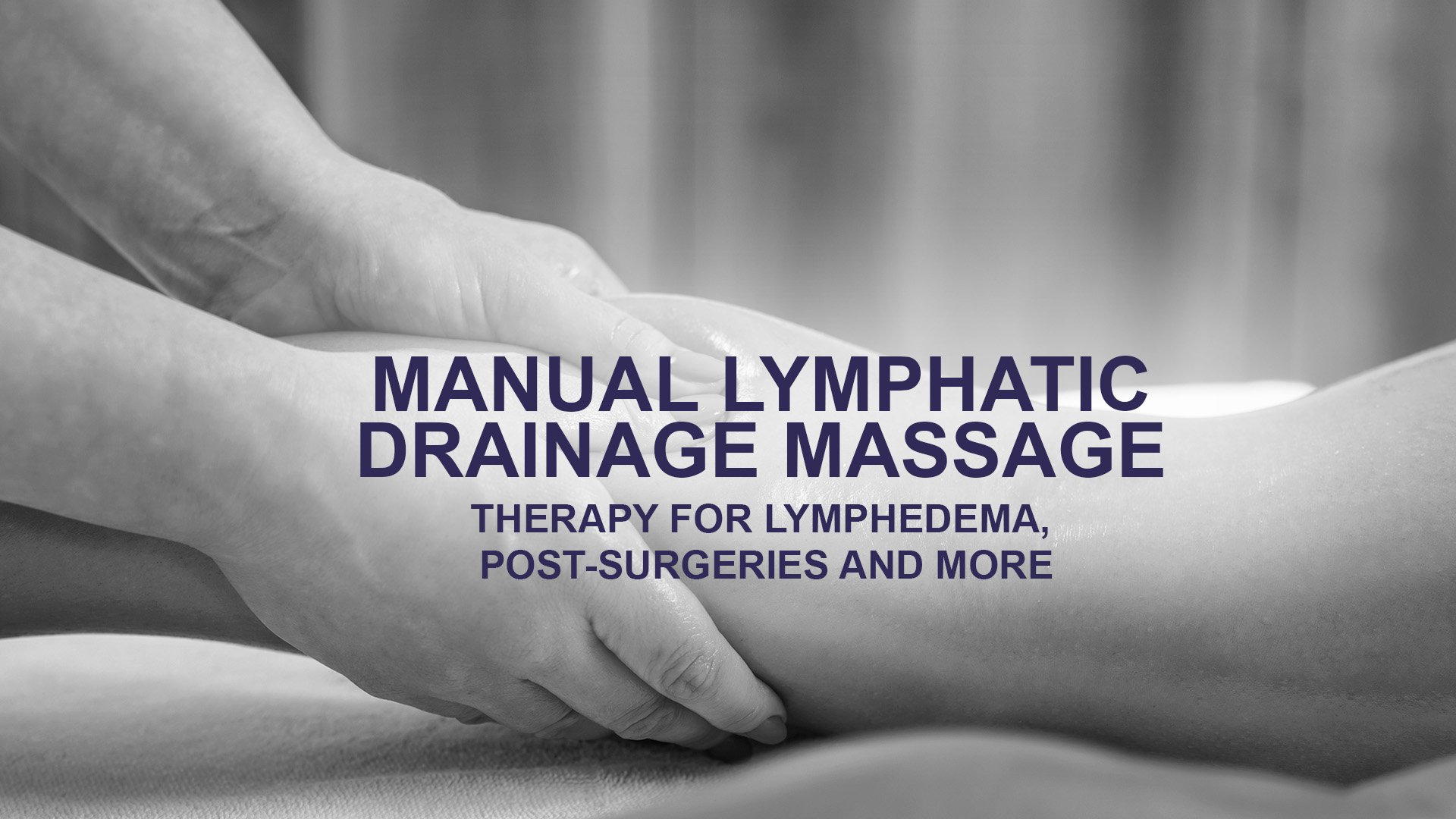Manual Lymphatic Drainage Therapy
The human lymphatic drainage system is one of the most intriguing purification systems in existence. In addition to being a complement to the circulatory system, this system serves as a defender for the human body by eliminating invaders and cellular waste.. Without it, we would all be bloated, fluid-filled creatures.
However, the lymphatic system can sometimes become obstructed. When this happens, there is a hindrance in the free flow of the lymph back into circulation. This results in mild to severe physical abnormalities. In such cases, there is a need for an alternate drainage system.
This article discusses Manual Lymphatic Drainage, one of the most widely used forms of therapy for treating this condition.
What is Manual Lymphatic Drainage?
Manual lymphatic drainage treatment is a massage based on the principle that gentle stroking of skin stimulates absorption of lymph into the lymphatic vessels and the movement of lymph within its’ vessels to allow its movement into the general circulation.
This gentle massaging of specific body areas encourages lymph flow to locations with active lymph vessels. It stimulates lymph nodes and promotes the rhythmic contractions of lymphatic channels to improve their activity and allow sluggish lymphatic fluid to be rerouted.
This therapy uses a specified amount of pressure, usually around 4 kilopascals, and rhythmic circular motions to promote lymphatic drainage. This simple process has been found to improve the body's lymph drainage and blood flow in both the deep and superficial veins.
Emil and Estrid Vodder invented manual lymphatic drainage therapy in 1936 to treat edema caused by an obstructed lymphatic system.
Benefits of Manual Lymphatic Drainage Therapy
The sole purpose of lymphatic drainage therapy is to ensure that lymph nodes are draining properly and to promote the restoration of lymphatic circulation. Here are several reasons to try the manual lymphatic drainage technique.
Elimination of toxins: The lymph system is responsible for removing excess waste and keeping your body free of toxins. Toxins build up in the body, and when they are not removed properly, they can cause inflammation and other health issues.
Manual lymphatic drainage therapy works to cleanse the lymph nodes by moving stagnant toxins through them. This also helps improve your immune system by removing viruses and bacteria that may have entered your system through a cut or wound.
Assist in the management of Lymphedema: In some cases, infections, cancer treatments, and other health or medical conditions can seriously interfere with normal lymph flow. Lymphedema is another frequent complication following specific operations, such as breast surgeries. A common feature of this condition is swelling in one or more body parts, most frequently the limbs.
However, lymphatic massage significantly lowers swelling and slows the progression of lymphedema. Studies have revealed a beneficial distinction between manual lymphatic drainage therapy and other lymphedema treatments [1].
Better sleep: Lymphatic massage is calming and relaxing, and there is evidence that it can help people sleep better and feel less anxious. Studies have shown that manual lymphatic drainage therapy increases brain relaxation compared to passive resting [2].
Additionally, manual lymphatic therapy has been beneficial for patients with breathing disorders like dyspnea, which can normally make it difficult to get a good night's sleep.
Relieves Sinus Issues: When the nose or throat is infected, the body's natural response is for the mucous membranes to swell and secrete more mucus to flush out the invasive organisms.
The lymphatic system helps cleanse our bodies; however, if the inflammation has accumulated around the sinuses and the lymph nodes have swollen to fight infection, the areas become partially blocked, and poor drainage occurs. By reducing congestion and enabling fluid to escape from the inflamed area, lymphatic drainage therapy helps sinusitis.
A significant amount of lymph nodes are located within the head and neck region. Manual lymphatic drainage has been shown to relieve sinus and catarrh congestion; mild stimulation of the cervical nodes and surrounding face region aids in the appropriate drainage of this fluid.
How does lymphatic drainage therapy promote healing?
Patients who have recently undergone surgery or have suffered a serious injury are frequently advised to undergo lymphatic drainage therapy. The tissue may swell, hurt, and become exposed to infections following surgery or an injury, which could delay healing.
Gently draining the tissue, reducing inflammation, and accelerating healing are all possible effects of lymphatic drainage therapy. It aids in maintaining open, functional lymphatic vessels surrounding the tissue. While carrying lymph away from the injury site, it washes away any debris that might hinder healing to the point where it will be destroyed.
Edema, or swelling of the tissues beneath the skin resulting from an excessive buildup of plasma, is a serious side effect of cosmetic surgery. This swelling is a typical inflammatory reaction. However, this is essential for healing because it fills the area with fluids, ensuring white blood cells are present to carry out the healing process.
Following some physical treatments, particularly liposuction and stomach tucks, edema is frequent. This swelling could become permanent if not treated immediately because the extra fluid and fat cells solidify within a few weeks following surgery.
Patients who have had plastic surgery should begin three to five massage sessions two weeks after the procedure. This is an excellent time since the injuries will be healed and less painful.





